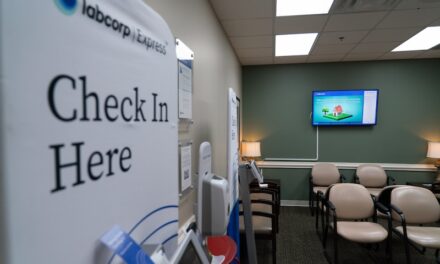Blood Systems Research Institute (BSRI), San Francisco, has announced a collaboration with Hologic Inc, Marlborough, Mass, to measure the human immunodeficiency virus (HIV) latent reservoir more precisely and efficiently in clinical samples using the Panther system, a fully automated molecular diagnostics platform that provides test consolidation, random-access sample loading, and assay chemistry.
As part of the collaboration, BSRI will provide access to the Panther system to key thought leaders at the amfAR Institute for HIV Cure Research, a collaborative enterprise focused on developing and validating new approaches in HIV research that could ultimately lead to a cure.
The AmfAR Institute for HIV Cure Research brings together a team of HIV experts from BSRI; the University of California, San Francisco; the Gladstone Institutes; and other partners. This San Francisco-based team was the sole winner of AmfAR’s invitation-only $20 million grant funding competition. The institute is the cornerstone of AmfAR’s $100 million cure research investment strategy, and is focused on developing the scientific basis of a cure for HIV by the end of 2020. The BSRI team is led by Satish Pillai, PhD, associate investigator at BSRI, and Michael P. Busch, MD, PhD, senior vice president of research and director at BSRI.
Investigators at BSRI have begun using the Panther system to measure very low levels of HIV RNA in clinical material, underscoring their cure research. The Aptima HIV-1 Quant assay on the Panther system performs with high sensitivity and precision across a wide linear dynamic range, and can detect HIV-1 RNA concentrations as low as 12 copies/mL in a 0.5 mL plasma sample. This helps foster understanding of the latent reservoir, further pushing researchers toward a cure. Testing on the Panther system allows simultaneous characterization of multiple replicate samples, 0.5 mL each in volume. This replicate testing and analysis can yield robust, quantitative data.
In addition to characterization of HIV expression in vivo, BSRI researchers will analyze multiple human samples from treatment-suppressed HIV-infected individuals ex vivo, testing the capacity of novel cure agents to induce viral replication in tissues and destroy infected cells.
“This is really helpful to study longitudinal samples of patients in latency reversal trials or other cure interventions,” says Busch. “Utilizing the Panther system allows us to detect very minor blips of virus [that is supposedly latent].”
“Hologic is committed to improving public health,” says Tom West, president of the diagnostic solutions division at Hologic. “We are excited that our technology was selected to support this research into a cure for HIV infection.”






